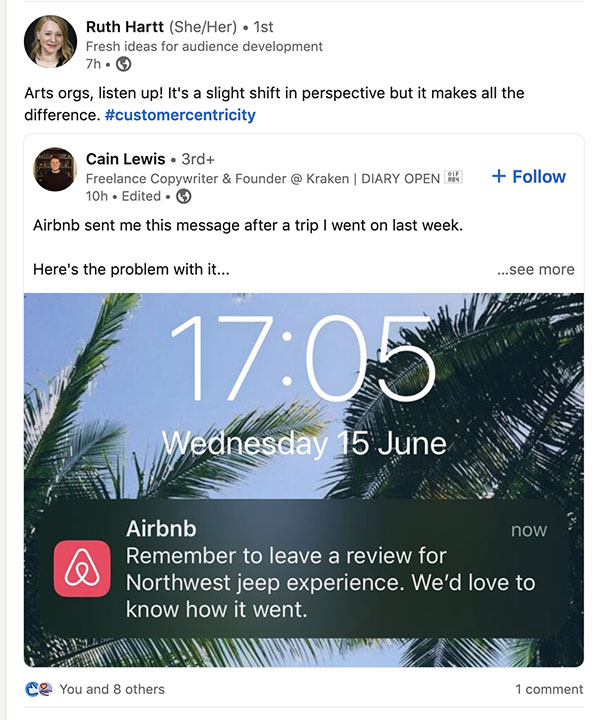The Artsjournal daily newsletter today linked to a Smithsonian Institution article using the title “Warm-Up Vocal Exercises From Three Very Different Classical Singing Disciplines.” From that I assumed the disciplines would be something like opera, choral, and musical theatre and that I would learn about some distinctions I wasn’t aware of.
In fact, it was much more interesting than that. The article compared warm up practices for Western Opera, Chinese Opera, and Carnatic Music, a classical form from southern India I really hadn’t heard about before.
So there was definitely content I hadn’t known. While I was aware that different part of China had different stylistic approaches to the operatic form, I didn’t know that rehearsing in high places was part of the warm up and training regimen.
Li’s parents undertook dantian and vocal warm-ups to a much greater degree than she does today: “My parents would take fabric and tie it like a belt really tightly and go up to the mountain and practice the heptatonic scale”—a seven-note scale common in Xiqu, or traditional Chinese opera. Li tells me that elevation was important. When away from the mountains, her parents would run up to a rooftop to do their exercises.
While there are video clips of singers doing warm ups for western opera and carnatic music, I was disappointed to find there wasn’t one for Chinese Opera. I did some searching and found some video of performances, but not warm ups. I will confess to half wanting to see people scaling mountains or perching themselves on an apartment or performance facility rooftop to do their warm ups.
On the other hand, carnatic music warm ups are apparently traditionally practiced an hour or two before sunrise. The singing technique is apparently contrary to the best practices of western vocal training.
Once, a company Doraiswamy sang with hired a Western-style voice coach to teach her how to take care of her voice. Hearing her sing, the coach claimed Doraiswamy’s vocal cords wouldn’t last two years. Scared by this reaction, she didn’t sing a note for a week. In reality, South Indian singers have sung without injuring themselves for centuries. A warm-up for Western classical vocalists simply would not be used to train the voice of a classical Carnatic singer, although these exercises might seem healthier by Western standards.
Check out the article by Zofia Majewski, especially if you have an interest in vocal performance. You are likely to catch some nuance and revelations that I have missed.



"Though while the author wishes they could buy it in Walmart..." Who is "they"? The kids? The author? Something else?…